Creative Directors: The New Brand
In 2025, the title "Creative Director" carries more cultural weight than the fashion houses they represent. These visionaries are no longer just designing garments—they’re building universes. Their aesthetic language, social presence, and storytelling power can redefine a brand overnight, attract a new generation of consumers, and even drive financial recovery for parent companies.
The fashion world no longer follows the logo—it follows the mind behind the moodboard. Consider the buzz at Paris Couture Week: people weren’t just attending shows to see dresses—they were there to witness a Demna farewell, a Glenn Martens debut, an Alessandro Michele reinvention. The creative director has become the headline.
This shift is both emotional and economic. At Kering and LVMH, creative directors are directly tied to brand growth or decline. After years of sliding sales at Gucci, it was Demna’s bold appointment that signaled a new direction. Meanwhile, Margiela’s move to appoint Glenn Martens wasn’t just about design—it was about cultural reactivation. Brands are betting on visionaries who can lead with ideas, not just heritage.
Their impact extends beyond the runway. They influence how collections are styled, shot, and distributed; they shape the voice of campaigns; and increasingly, they dictate a brand’s values. What a creative director wears to their own show is dissected. Who they cast, what music they play, what venue they choose—it all matters. Their vision becomes the brand.
In the social media age, creative directors are celebrities in their own right. Daniel Roseberry’s surrealism at Schiaparelli, Alessandro Michele’s literary maximalism, Jonathan Anderson’s art-school cool—each has developed a clear design language, and a cult following. These figures can drive virality, relevance, and prestige with a single look.
Ultimately, creative directors have become fashion’s most valuable capital—not just for their design talents, but for their ability to translate emotion into market power. In 2025, they are the authors of luxury’s new language.
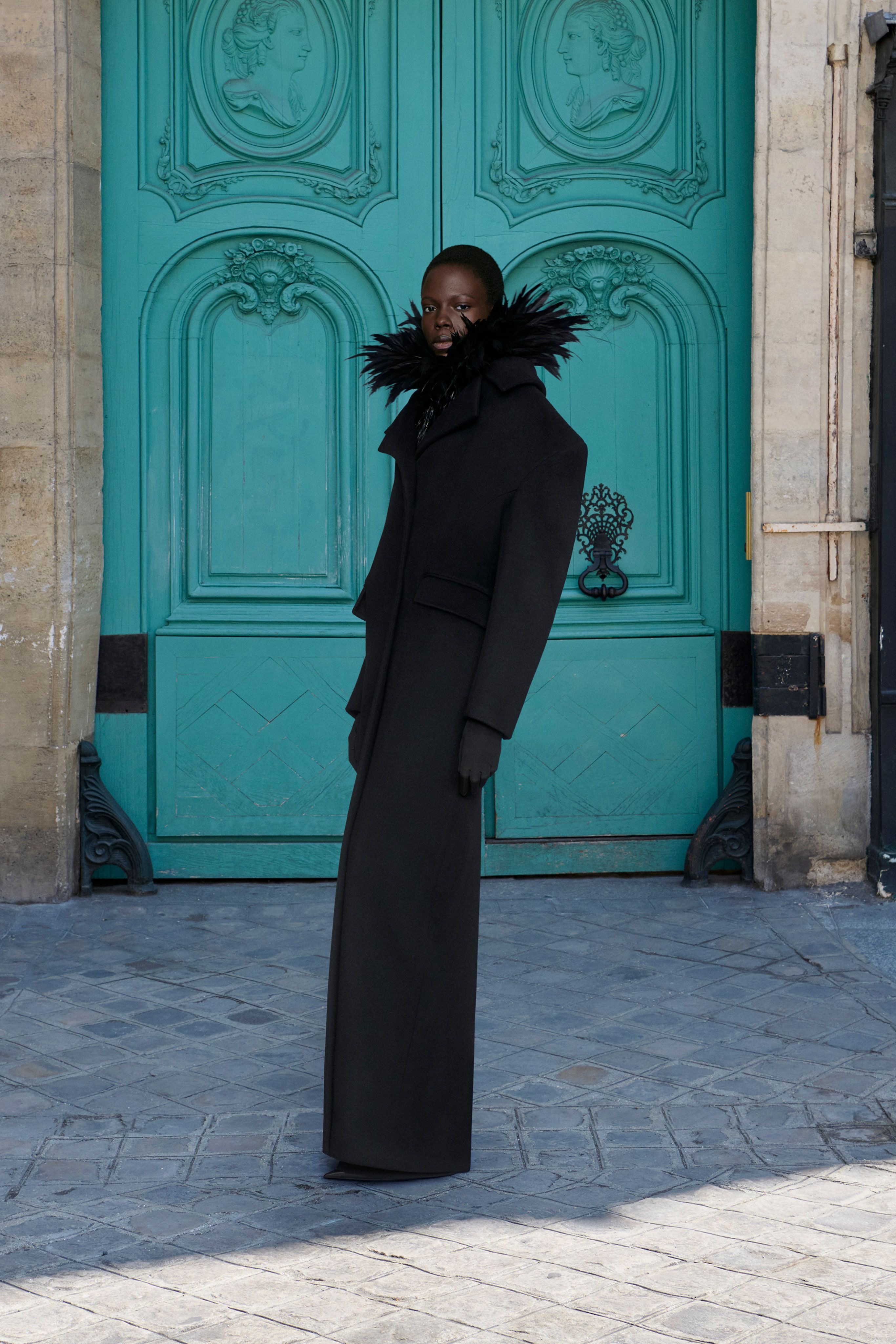
Demna’s Exit: The End of an Era at Balenciaga
Arguably the biggest headline of the season: Demna’s unexpected departure from Balenciaga. Known for pushing boundaries and redefining the fashion narrative, Demna turned Balenciaga into a pop-cultural phenomenon. His subversive storytelling and conceptual design left an indelible mark—not just on the house, but on the industry as a whole.
His final show was a reflective, emotional farewell staged in near silence, inside a raw concrete venue that mirrored his stripped-back approach. Gone were the theatrics and irony—this was Demna at his most sincere. The collection focused on artisanal handwork and pure silhouette. He incorporated molded wool tailoring, sculptural satin, and bias-cut silk dresses that nodded to Cristóbal Balenciaga’s original techniques. Many pieces were embroidered by hand using techniques borrowed from Georgian folk dress—a tribute to Demna’s roots.
The runway made headlines not just for its design, but for who walked it: Kim Kardashian returned to the Balenciaga runway in a draped black gown with razor-sharp shoulders, her look pared-down and statuesque. The show closed with Eliza Douglas, Demna’s longtime muse, wearing a white satin gown with an enormous train embroidered with the word “Goodbye” in red thread—reportedly stitched by Demna himself. Top models including Anok Yai and Vittoria Ceretti appeared in fluid, almost ghostlike looks. The applause lasted nearly five minutes.
With this final show, Demna didn’t just exit a brand—he reminded the industry of the power of restraint, emotion, and authorship.
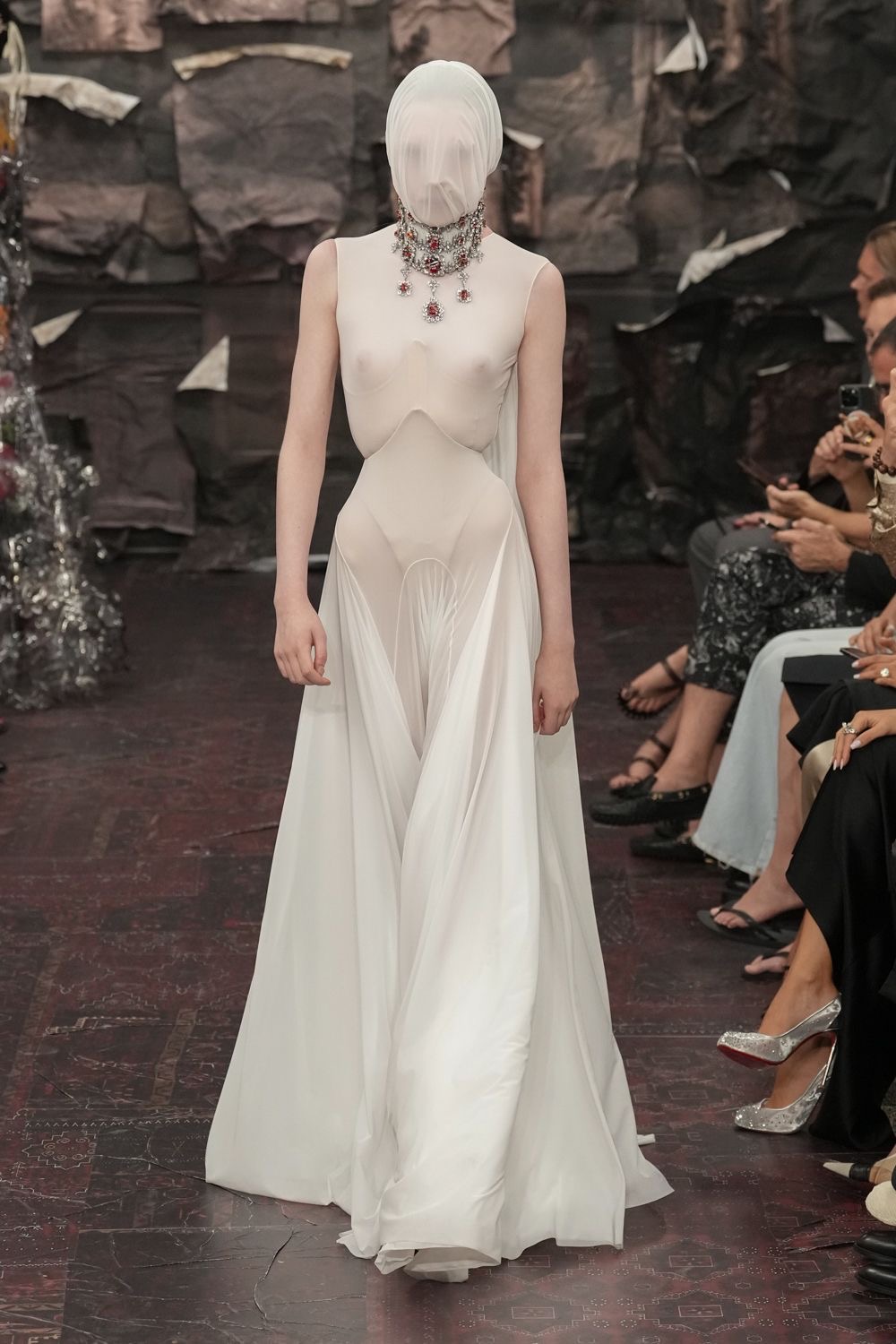
Glenn Martens’ Debut at Maison Margiela: A New Vision Begins
In contrast to Demna’s farewell, all eyes were on Glenn Martens’ debut at Maison Margiela—one of the most anticipated creative transitions of the year. Succeeding John Galliano, Martens inherited both a legacy and an experimental playground, and his first collection didn’t disappoint.
Known for his work at Y/Project and Diesel, Martens brought cerebral structure and radical construction to the runway. His Margiela couture debut featured exaggerated shoulders, dissected tailoring, and garments fused with industrial textures—denim panels stitched into duchess satin, and translucent latex over delicate tulle embroidery. A key motif was “controlled chaos”: deconstructed blazers were held together with exposed boning and soft silicone straps, evoking a clash between vulnerability and strength.
The models—including Paloma Elsesser and Nyagua Ruea—walked down a mirrored catwalk that reflected both the garments and the audience, blurring boundaries in typical Margiela fashion. Several looks featured thermal-reactive fabrics that changed color under heat—a quiet but powerful integration of tech and couture.
It wasn’t just a debut—it was a manifesto. Martens made clear that Margiela would remain a house of subversion, but under his hand, it would now also be one of emotional resonance and architectural clarity.
Couture Highlights: When Creativity Speaks Louder Than Logos
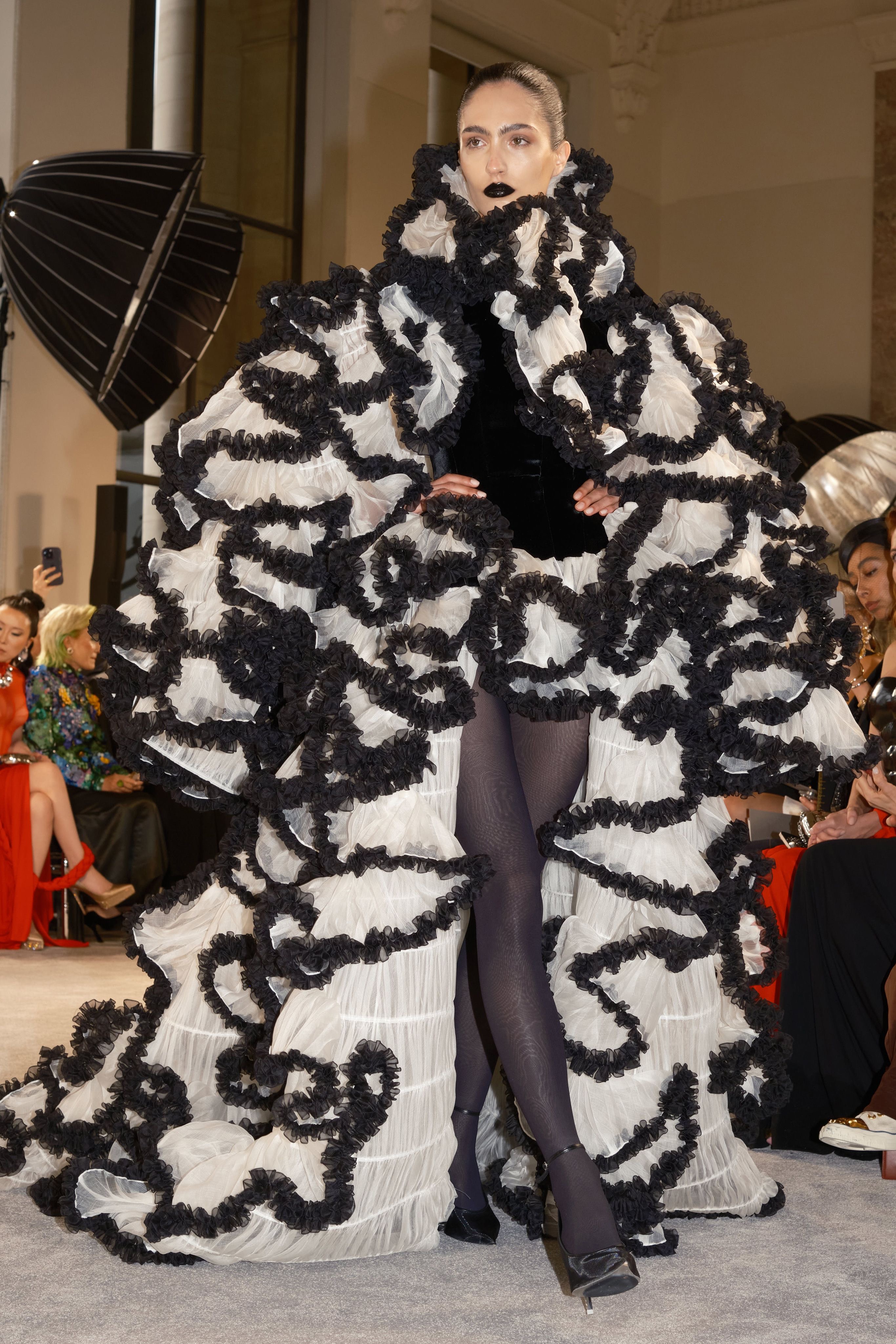
Schiaparelli: A Surrealist Spectacle
Daniel Roseberry drew from archival WWII-era imagery, infusing pieces with surrealist elements like a mechanical beating heart. Structured gowns floated with unexpected softness—signaling a shift toward emotional surrealism.

Chanel: A Transitional Tribute
The in-house studio presented its final collection before Matthieu Blazy’s arrival. Gold-sprayed wheat motifs and soft boucle suits hinted at agrarian elegance, showing quiet luxury rooted in craft.
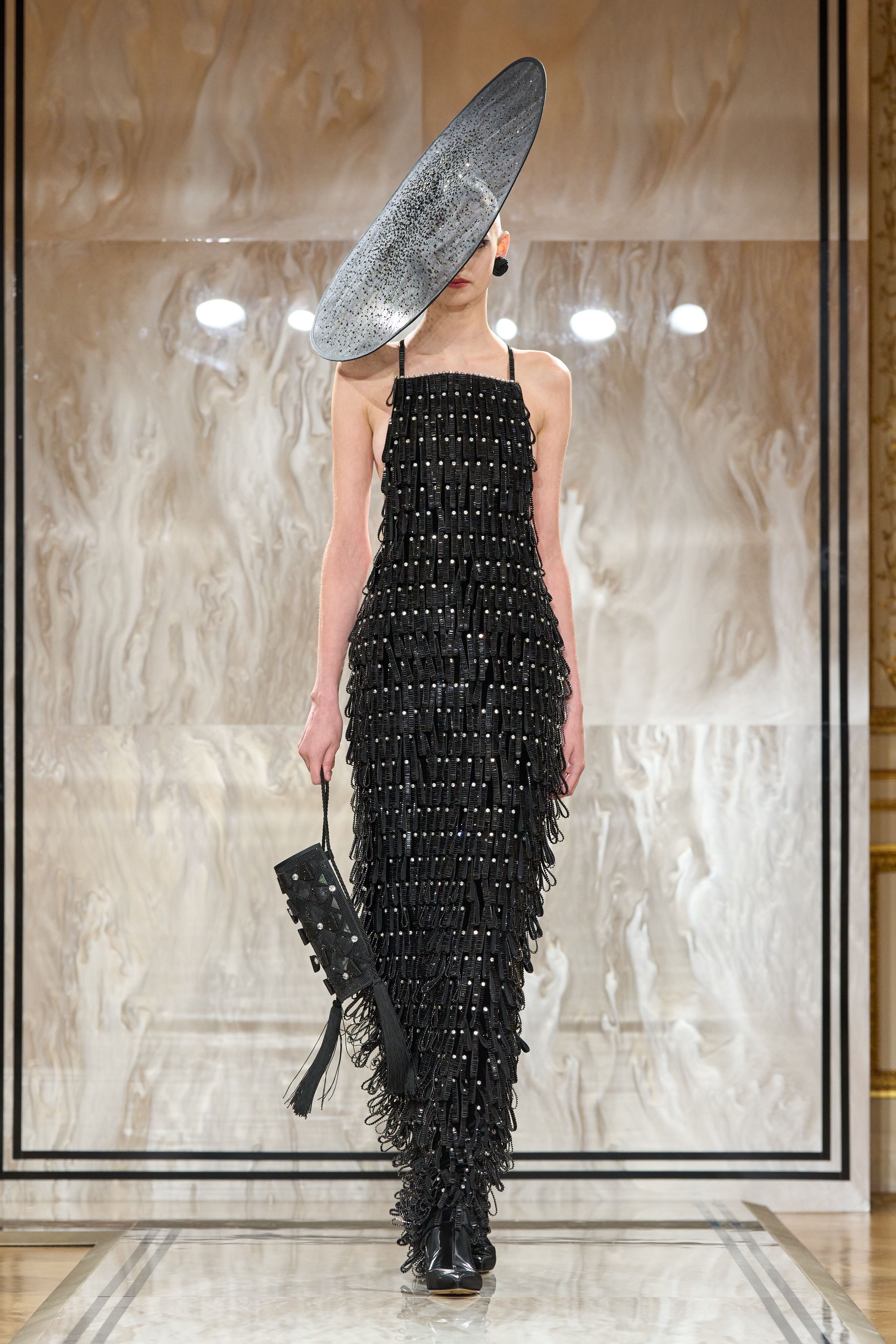
Armani Privé: Celebrating 20 Years
Titled Lumières, the show celebrated fluidity and radiance with lacquered silks and pavé crystals. Giorgio Armani may have been absent physically, but his aesthetic discipline was everywhere.
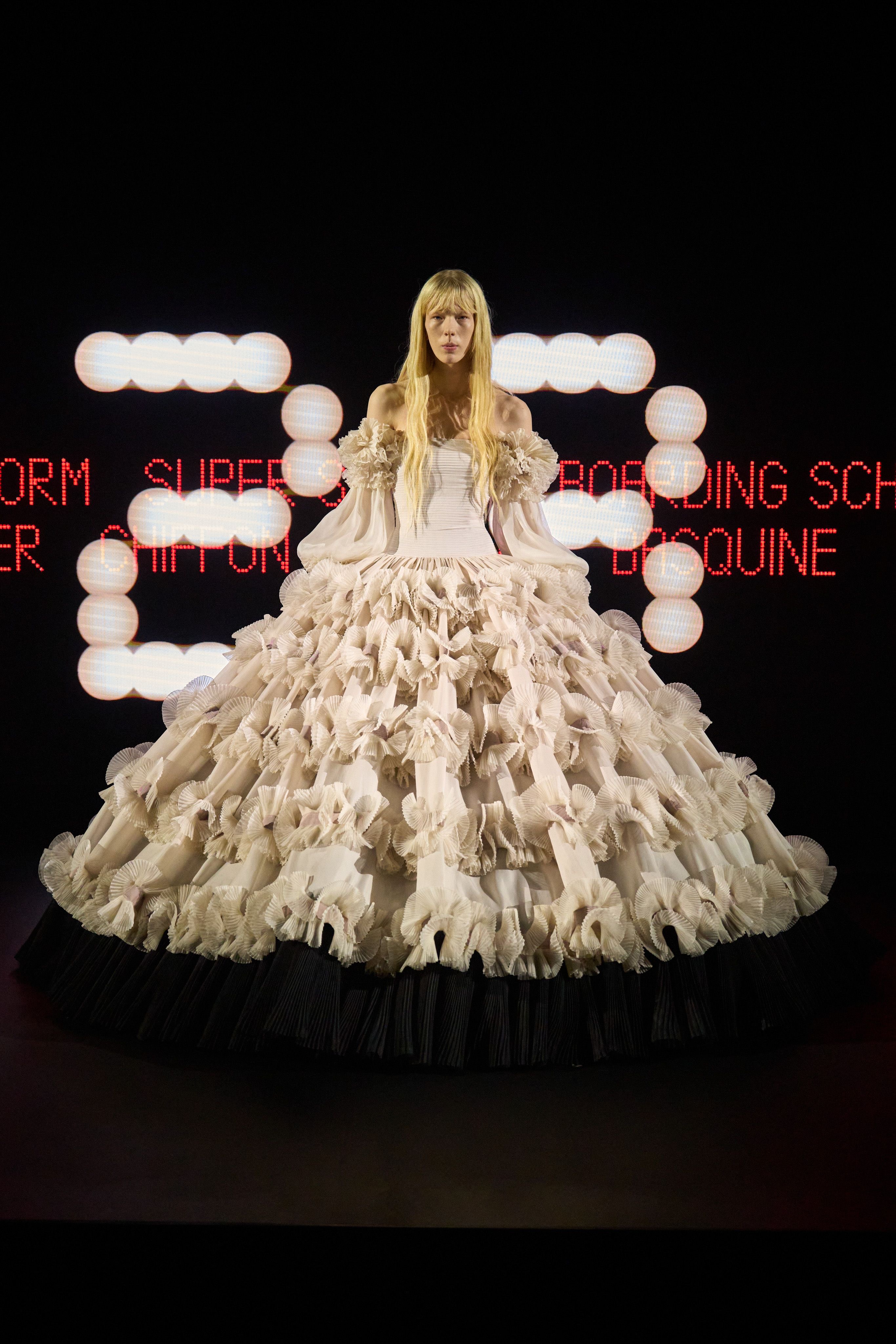
Valentino: Alessandro Michele’s Debut
Michele’s “Vertigineux” collection leaned into his signature eclecticism—historical silhouettes, saturated colors, and literary layers created an almost operatic grandeur.
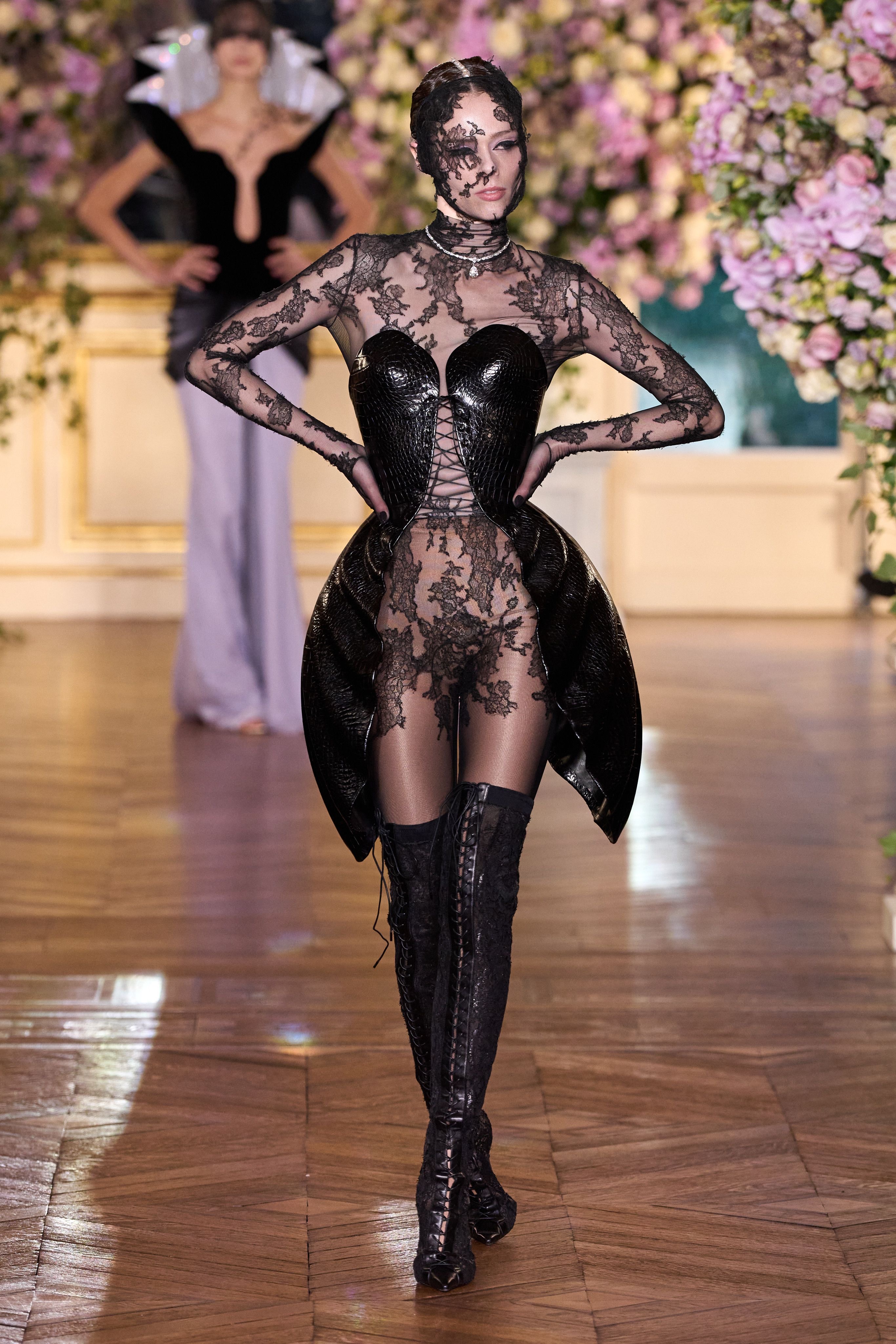
Miss Sohee, A Rising Star:
Sohee Park introduced Korean heritage through couture lenses. With hanbok references and mother-of-pearl detailing, her gowns blended fantasy, identity, and technical brilliance.
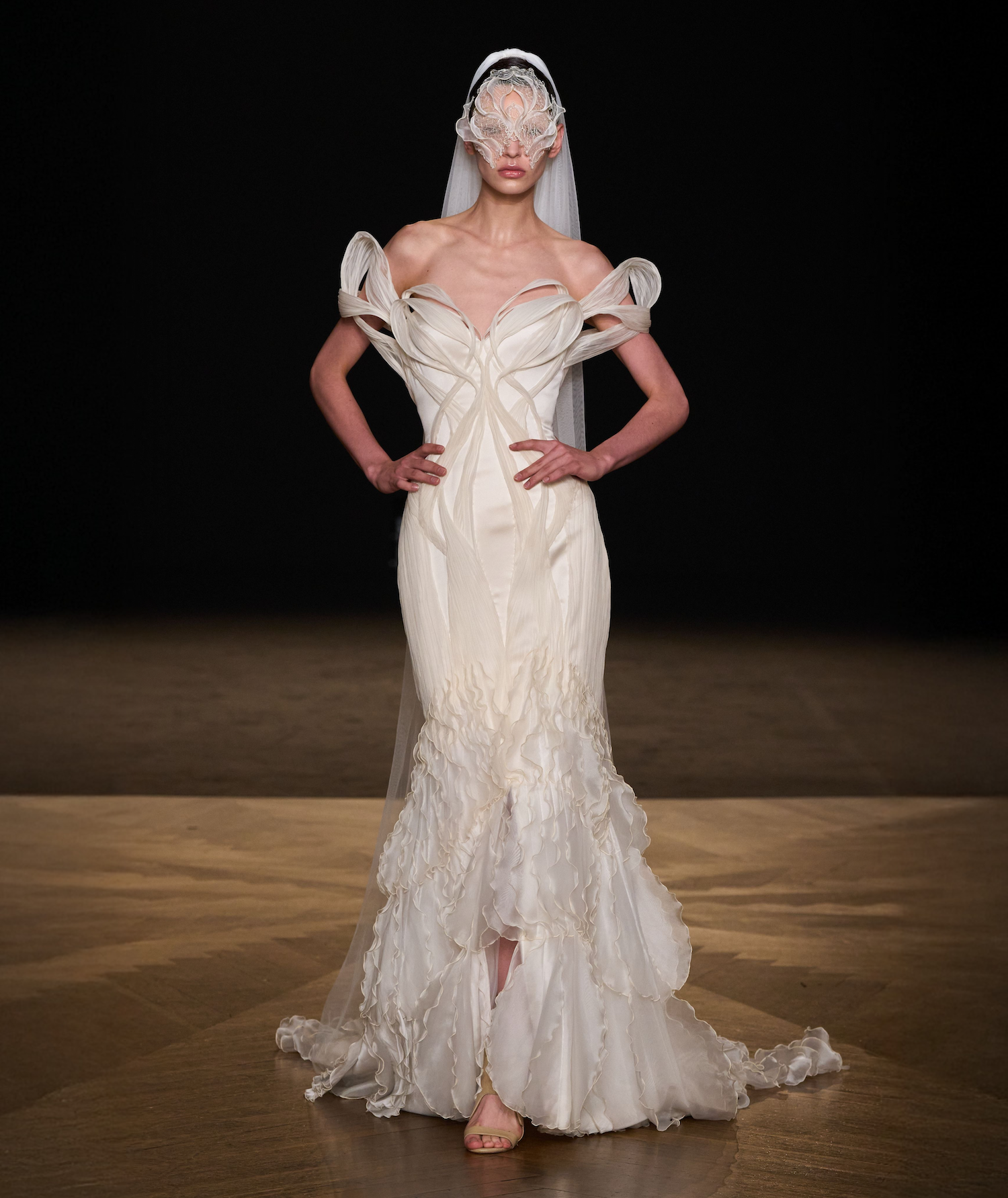
Iris van Herpen, Oceanic Innovation:
Her collection "Sympoiesis" merged biodesign and movement—featuring algae-reactive fabrics and floating ecosystems sewn into wearable art.
A Shift in Fashion’s Power Structure
This season cemented what insiders have long known: the fashion world is now driven by personalities and vision, not just brand equity. Creative directors are no longer just interpreters of heritage—they are the story, the draw, and the future.
Fashion has become about authorship. The audience wants to know who is creating, and why. That means talent, originality, and leadership at the design table have become the new luxury.
What This Means for the Industry—and for You
At AIMS360, we believe the same creative energy shaping couture houses can fuel growth at every level of fashion—from emerging brands to enterprise operations. As creative directors lead with bold vision, brands need the backend systems to keep up.
Whether you're a designer with a dream or a label scaling globally, AIMS360 empowers your business with cloud-based ERP software built specifically for the apparel industry.
You bring the creativity—we’ll bring the control.
Let your vision lead.
Talk to us about how AIMS360 can support the next chapter of your brand.
.png)


%20(6).png)










